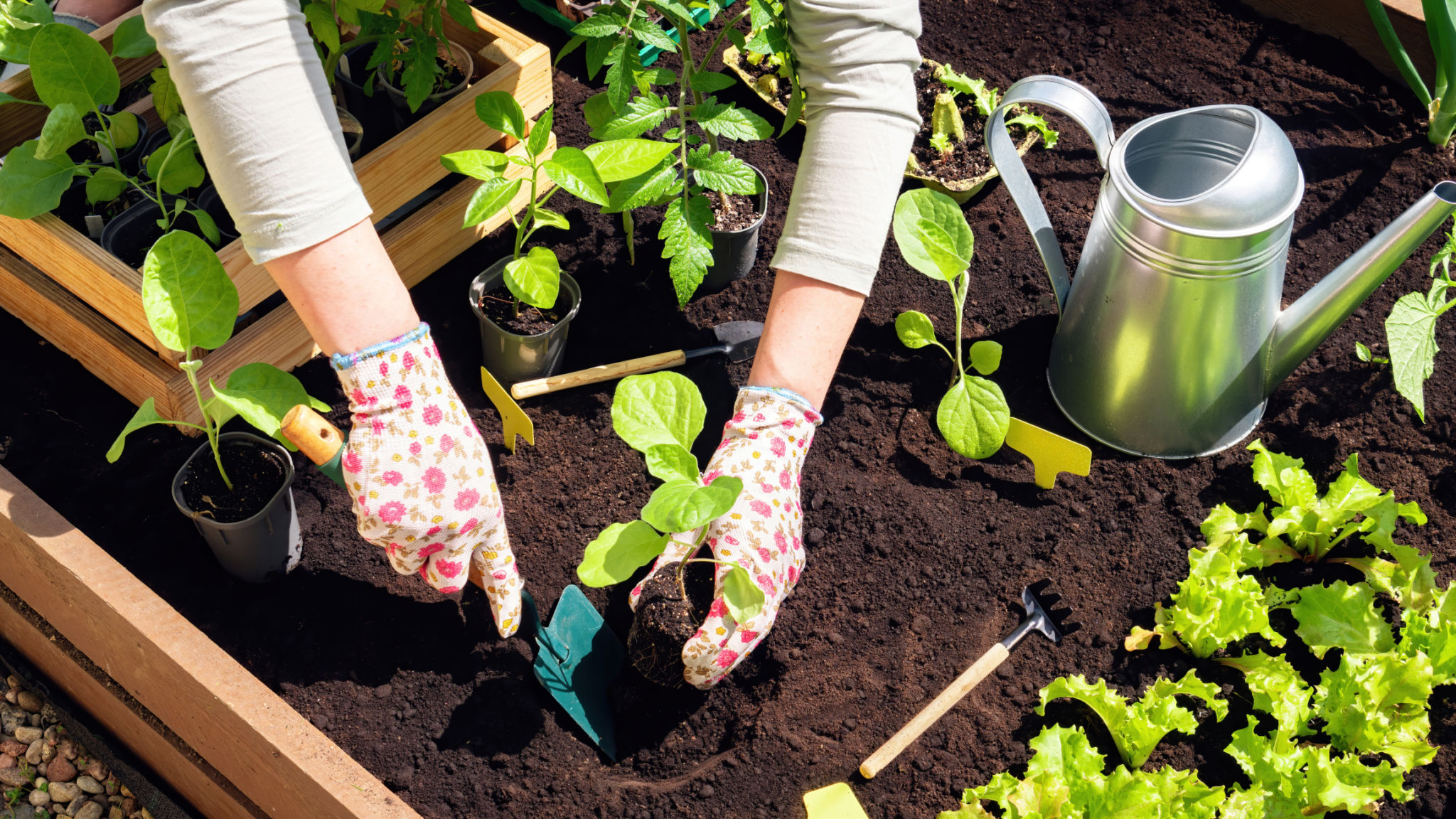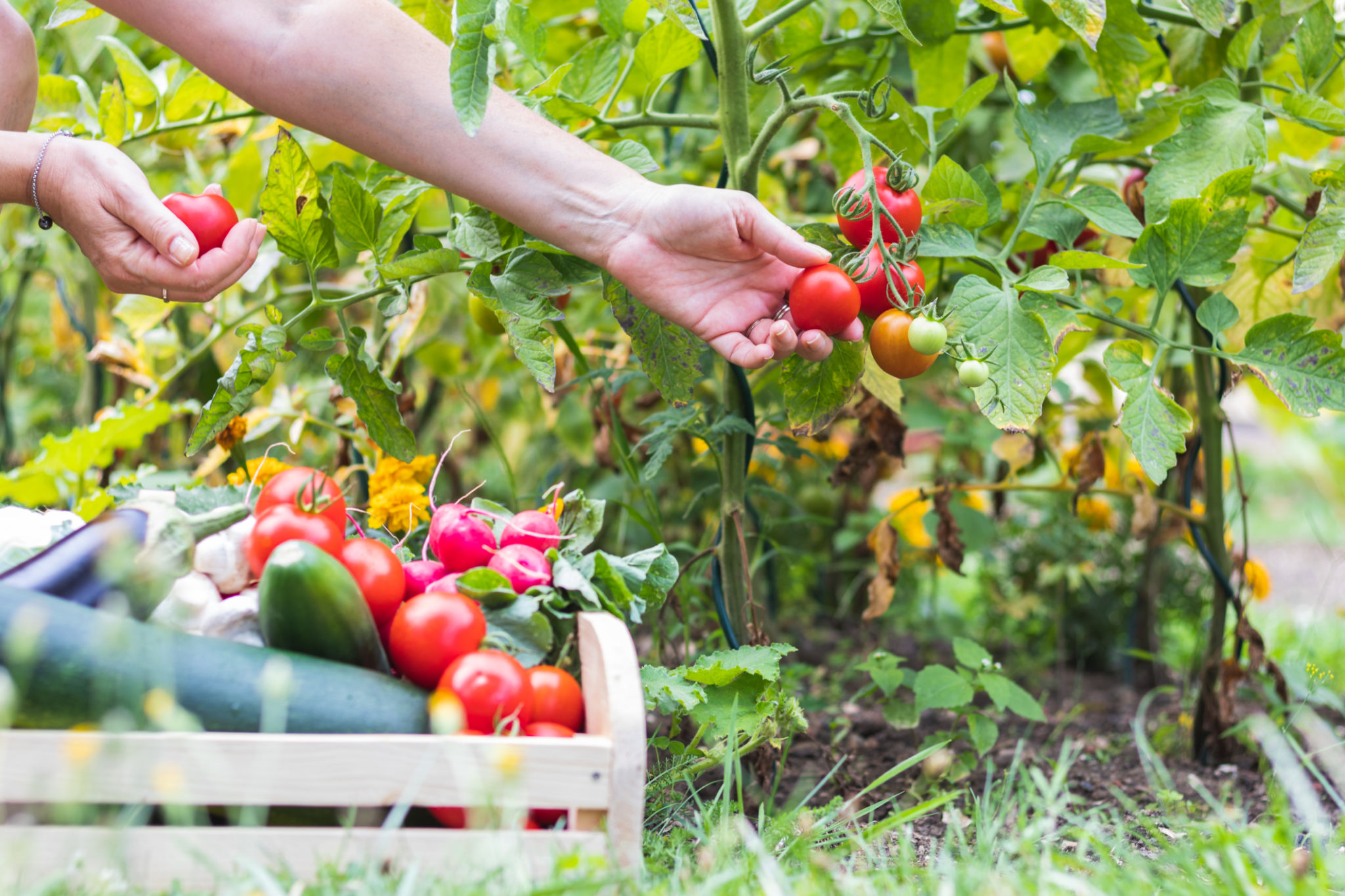How to Plan a Seasonal Edible Garden: A Month-by-Month Guide
Understanding Your Climate Zone
Planning a seasonal edible garden begins with understanding your local climate zone. This knowledge will guide you in selecting the right plants that thrive in your area. Knowing your climate zone allows you to anticipate the growing seasons and plant accordingly. This is crucial for a successful harvest.
Each climate zone has its unique planting schedule. By aligning your garden plan with this schedule, you can ensure that your plants get the best start possible. Research your local climate zone to determine the first and last frost dates, as these are pivotal in planning your planting calendar.

January: Planning and Preparation
January is all about planning and preparation. Begin by sketching out a map of your garden, noting where each type of plant will go. Consider crop rotation to maintain soil health. This is also the time to order seeds and gather supplies.
Think about what vegetables, herbs, and fruits you want to grow. Make a list of everything you need, from seeds to tools. Planning early in the year ensures that you have everything ready when it's time to plant.
March: Start Seeds Indoors
March is typically when you start seeds indoors. Choose a sunny windowsill or invest in grow lights to give your seedlings the best start. This is particularly important for plants like tomatoes and peppers that require a longer growing season.
When sowing seeds indoors, use seed trays or small pots with good drainage. Keep the soil moist but not waterlogged, and ensure that seedlings get enough light to prevent them from becoming leggy.

April: Preparing the Garden Beds
As the weather warms in April, focus on preparing your garden beds. Clear any debris from winter, and amend the soil with compost or organic matter to enrich it with nutrients. This will create a fertile environment for your plants to thrive.
April is also a good time to plant cool-season crops like spinach, lettuce, and peas directly into the ground. These plants can tolerate cooler temperatures and will flourish before the heat of summer sets in.
May: Transitioning to Outdoor Planting
By May, temperatures are generally warm enough to begin transitioning seedlings outdoors. Harden off indoor seedlings by gradually exposing them to outdoor conditions over a week or two.
Plant warm-season crops such as tomatoes, peppers, and cucumbers once the risk of frost has passed. Ensure they have enough space to grow by following planting guidelines for each species.

July: Maintenance and Pest Control
In July, your garden requires regular maintenance to stay healthy. This includes watering, weeding, and monitoring for pests. Implement natural pest control methods such as companion planting or introducing beneficial insects like ladybugs.
Regularly check plants for signs of stress or disease. Addressing these issues promptly will help maintain a productive garden throughout the growing season.
September: Harvesting and Preparing for Fall
As September approaches, it's time to start harvesting many of your summer crops. This is also the month to begin preparing for fall planting. Consider planting cool-season crops that can be harvested before the first frost.
Use this time to tidy up the garden by removing spent plants and adding them to the compost pile. This helps prepare the soil for fall planting and ensures your garden remains productive.

November: Putting the Garden to Bed
In November, focus on putting your garden to bed for the winter. This involves clearing out any remaining plant debris and covering beds with mulch or straw to protect the soil from erosion and nutrient loss during winter months.
This is also a good time to reflect on the past growing season. Note what worked well and what could be improved next year. Properly preparing your garden for winter ensures a strong start when spring comes around again.